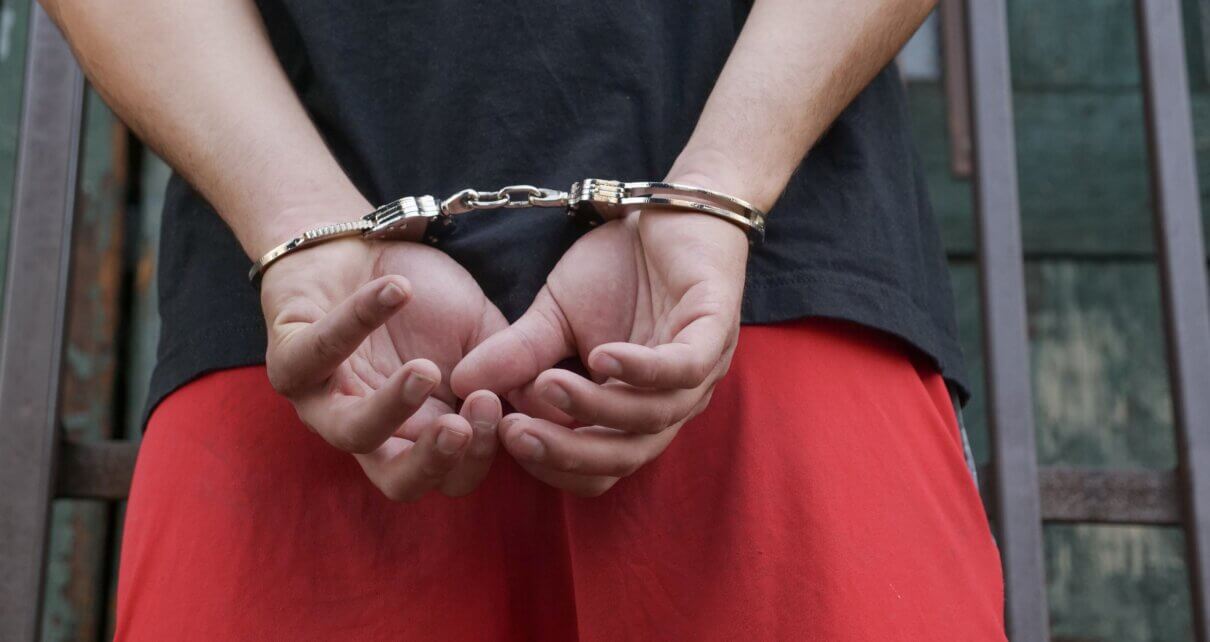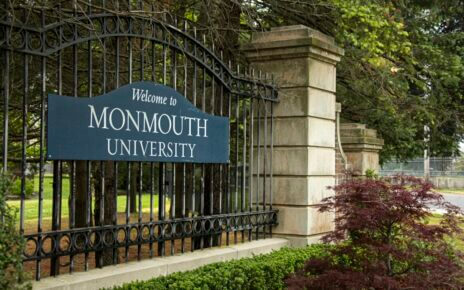President of the East Coast Gang Investigators Association Edwin Torres spoke with members of the Guardians Club regarding the rise of youth street gangs, on Wednesday, Sept. 15.
“I’ve been on the job for 33 years,” Torres said. “Almost all of my career has been dedicated to addressing street gangs.”
Torres began his career as a housing unit officer at The New Jersey Training School (NJTS), the largest single correctional facility for young men in the state of New Jersey at the time, according to Torres, where he also founded a specialized gang unit.
“We had about 450 juvenile males and 16 was about the average age,” Torres said. “I want you to think about that in terms of how old you are, and the fact that I was dealing with guys that have been incarcerated, sometimes, four, five, six, seven times.”
During Torres’ tenure in the late 1990s, the dynamic of the incarcerated juveniles began to shift. “They came in gangster,” Torres said. “They came in with a lot more tattoos, and were visibly, mentally, and emotionally changed when they became gang members. Their persona was different and their attitude was different.”
The recidivism rate for juveniles was over 65 percent at the time, Torres explained. “We have a lot of repeat offenders. They kept coming back, but when they came back they were a whole different animal.”
Torres’ specialized gang unit focused on juvenile justice, suppressing and helping kids exit out of street gangs.
“A lot of the kids I dealt with wanted out after a certain amount of time,” Torres said. “That usually came after they realized that all the promises the gang members made were garbage.”
New Jersey has its own definition for what constitutes a criminal street gang, Torres said. Not every state has a definition, and the ones that have definitions often do not match. Federal officers have their own definition as well.
“If you start to think about this in terms of enforcing laws, it makes it much more difficult because we don’t have a uniform policy or thought process on what a street gang is,” Torres said.
An NJ criminal street gang must contain 3 or more persons and identify with at least 2 of 7 criteria. The criteria includes self-proclamation, witness testimony or official statement, written or electronic correspondence, paraphernalia or photographs, tattoos, clothing or colors, or any other indication of street gang activity.
“The law is that if you are a gang member and you commit a crime, you will get an enhanced penalty,” Torres explained. “That’s a big deal for us, because a second degree crime becomes a first degree crime. A second degree crime may be 10 years, and what does a first degree crime move up to? You’re talking 20 years. It’s a huge hammer, but not too many states have used it.”
Misconceptions are common as to what a street gang truly is, Torres said. “If you look, [the media] romanticizes street gangs. In terms of television, it has a very twisted mentality of what a street gang is.”
During the start of the COVID-19 pandemic, everything locked down, including crime, Torres explained. About 6 months passed before criminals were back to business as usual. Shooting was near zero for the first few months, but rose again in June.
“[The pandemic] did hurt the drug trade because there wasn’t the ability to go out and get drugs or purchase drugs like you used to, but where there’s a will, there’s a way.”
Juvenile gangs seem to be fueling current violence, and they have been for quite awhile, Torres said. “They’re very small crews, kids as young as 8 or 9. The youngest kid I ever saw with a bonafide gang tattoo was 6 years old.”
Gangs have a lot of different names due to their driving force being social media, music, and sometimes clothing, Torres explained.
“We start seeing these names, and they also change,” Torres said. “We have common names that we see in a lot of different places. These little cliques grow and just move everywhere.”
Torres works in the city of Trenton, but he does not represent the city, he specified.
“When I first started doing gang work in the city of Trenton, we had maybe 10 gangs in the entire city,” Torres said. “We started looking at what was happening with the newer cliques, and our number went to 78. We went from 10 to 78 in literally street by street warfare. One block against this block, that block against that block, and sometimes we see the gangs divided within the block. The block may have 3 or 4 little cliques, and they may work for each other or they may not, but we’ll see multiple gangs on one block.”
Gangs commonly follow a values system of respect, power, money, and violence, Torres explained. However, new gangs and cliques have begun to disregard the money aspect.
“There’s no enterprise,” Torres said. “The gang isn’t trying to make money or sell dope. We started seeing that it involved purely promotional violence. There’s only one way to get your props up in an urban area in Jersey: you either do it because you’re selling a lot of weight, or you’re very violent, or a combination of both. A lot of these younger cliques and crews went straight to violence, and it makes it difficult for law enforcement because that violence is random.”



